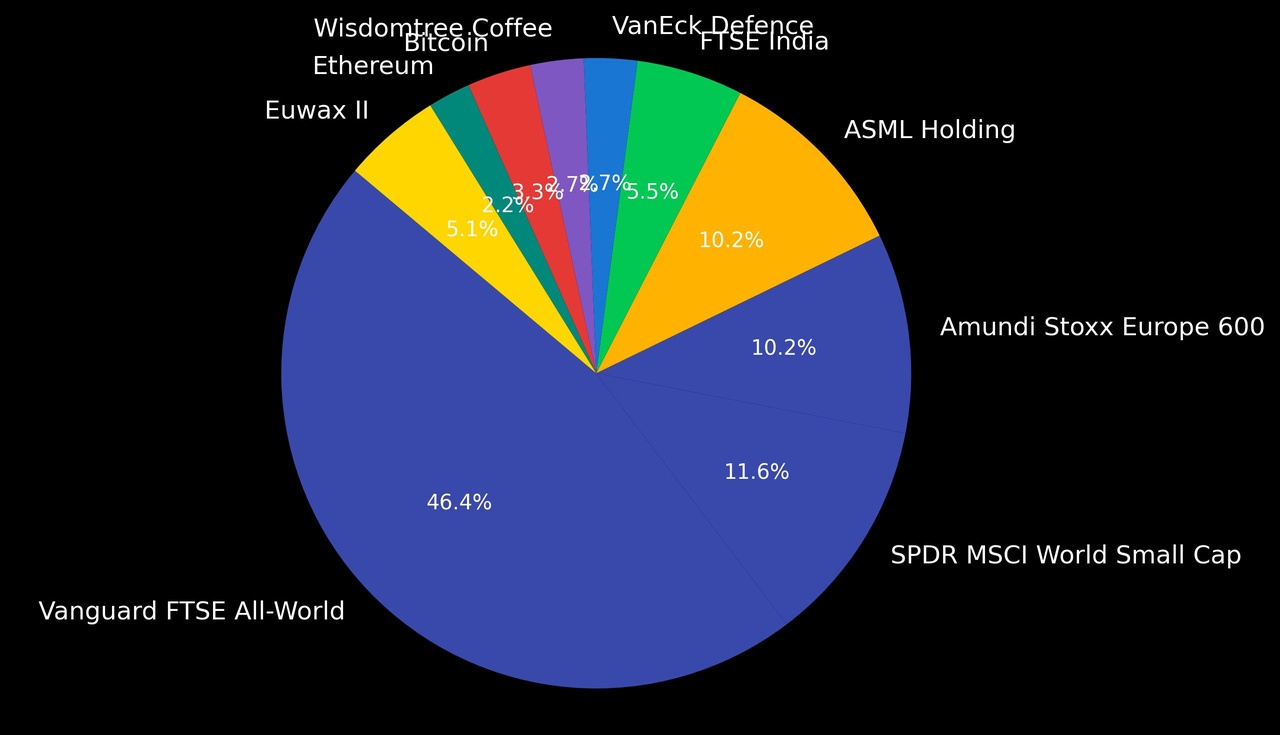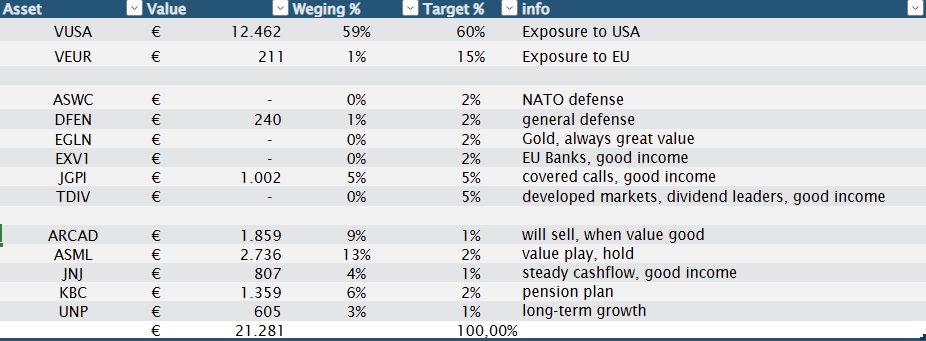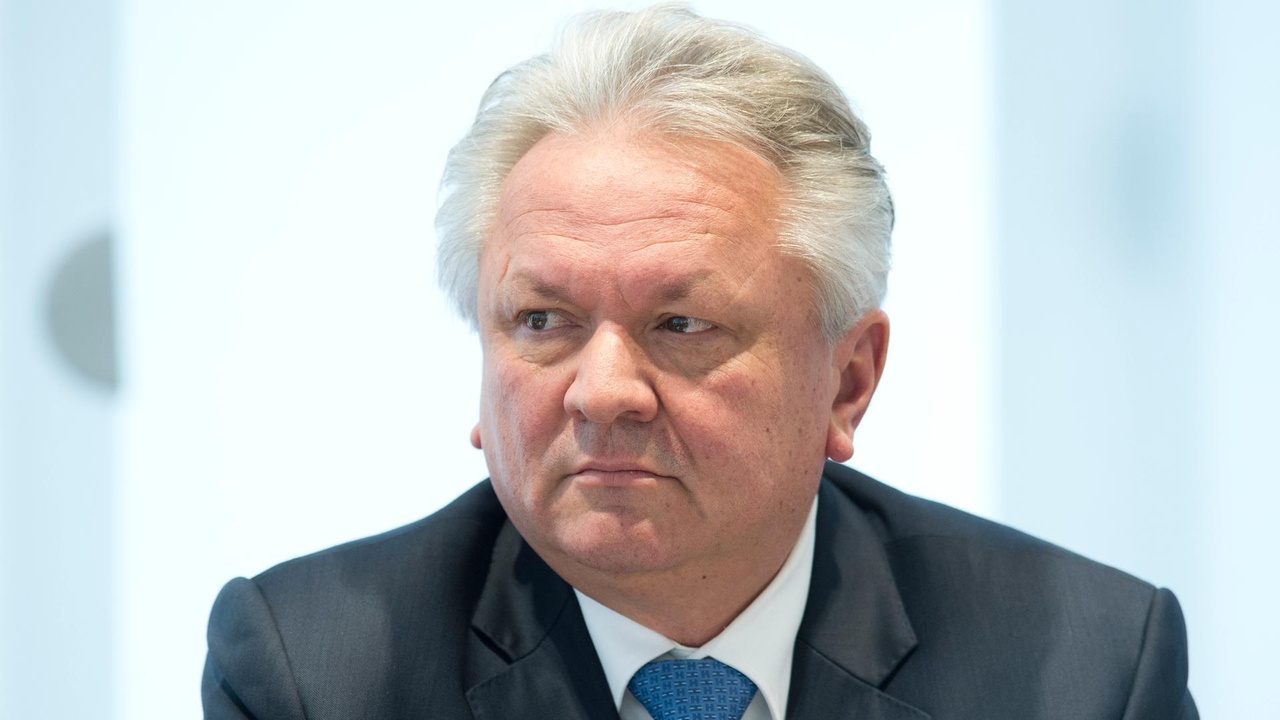DFEN, the VanEck Defense UCITS ETF, offers investors a powerful way to tap into the global defense industry’s growth, backed by strong fundamentals and rising geopolitical demand.
The VanEck Defense ETF (ticker: DFEN) tracks the MarketVector Global Defense Industry Index, giving investors diversified exposure to leading defense and aerospace companies worldwide. With holdings such as Palantir Technologies, RTX Corporation, Leonardo S.p.A., and Hanwha Aerospace, DFEN captures both established giants and innovative disruptors driving the sector forward.
Over the past year, DFEN has delivered an impressive +41.7% return, significantly outperforming many broad market benchmarks. This surge reflects the reality of increased global defense spending, particularly in Europe and Asia, as nations strengthen military capabilities amid heightened geopolitical tensions. For investors, this translates into a sector with resilient demand, government-backed contracts, and long-term growth potential.
Key bullish points:
- Strong performance: 1-year return of over 40%.
- Diversification: Exposure to 40+ companies across the defense and aerospace value chain.
- Macro tailwinds: Rising defense budgets worldwide, especially in NATO and Asia.
- Liquidity & scale: Assets under management exceed €6 billion, with daily trading on Deutsche Börse Xetra.
- Cost efficiency: Competitive expense ratio of 0.55%.
For potential investors, DFEN represents not just a tactical play but a strategic allocation to a sector poised for sustained growth. Defense spending is no longer cyclical—it’s structural, driven by global security needs. By investing in DFEN, you gain access to a diversified, liquid, and high-performing ETF that aligns with today’s geopolitical and economic realities.























